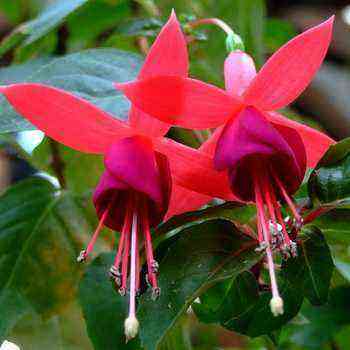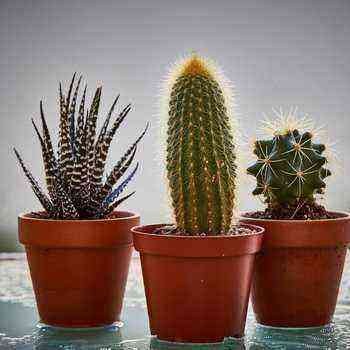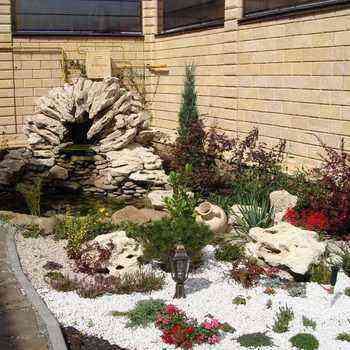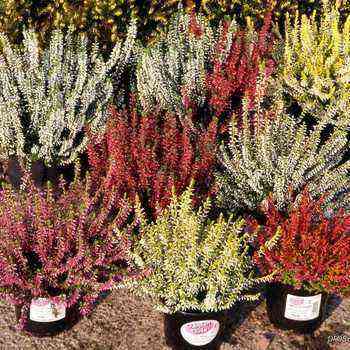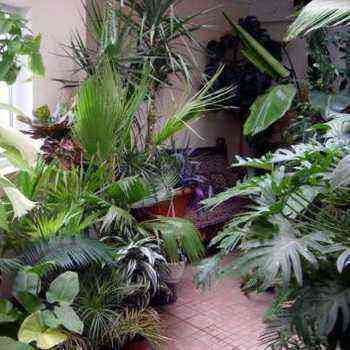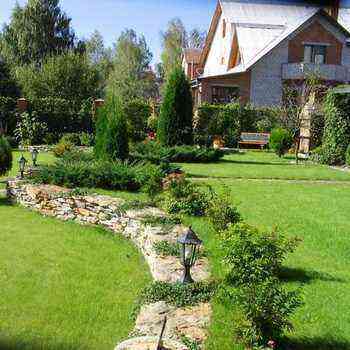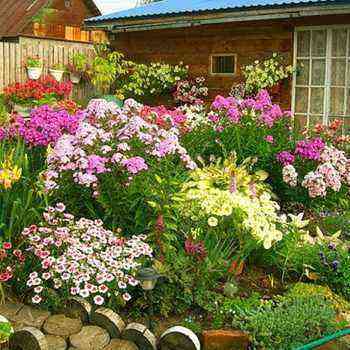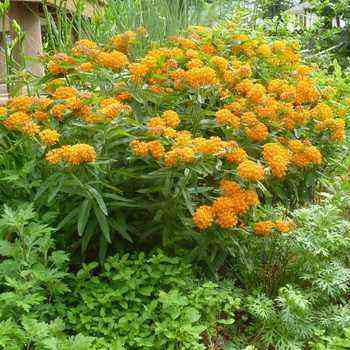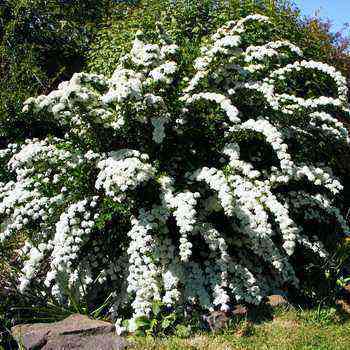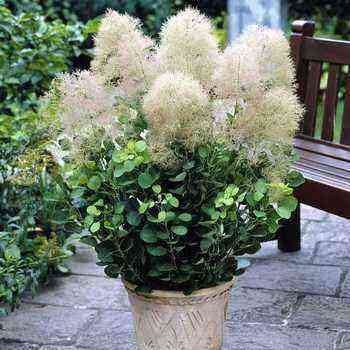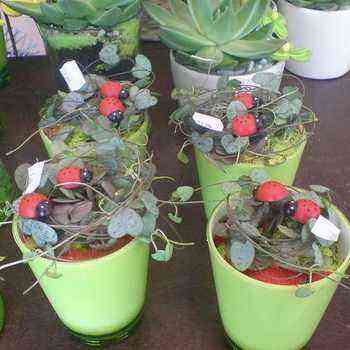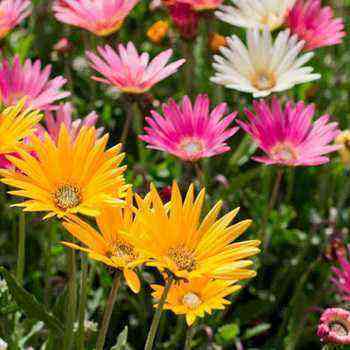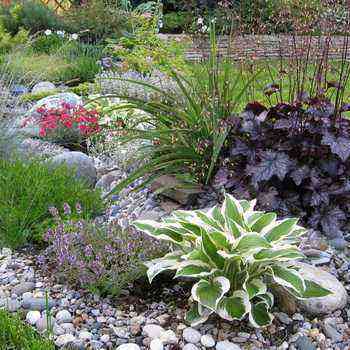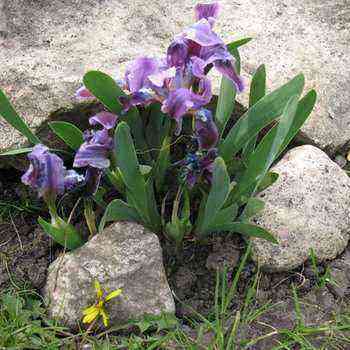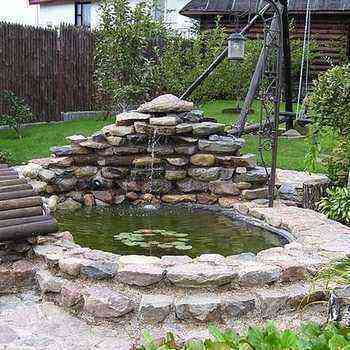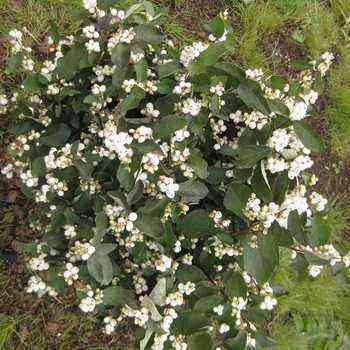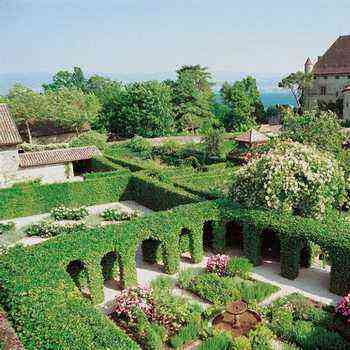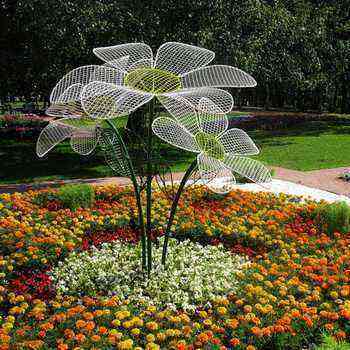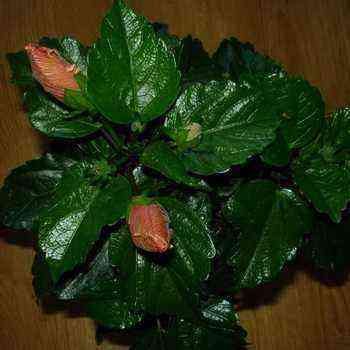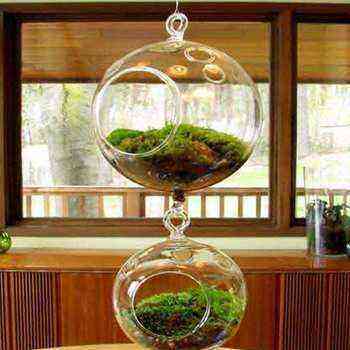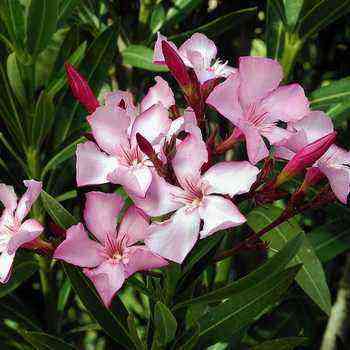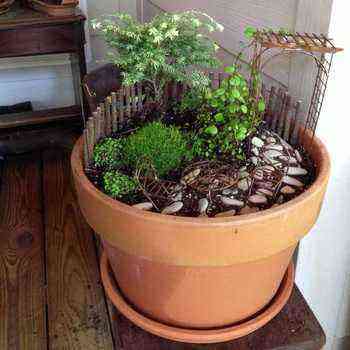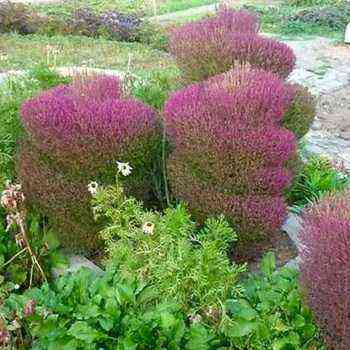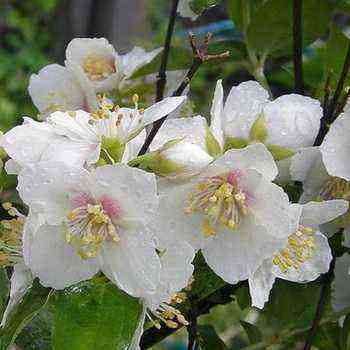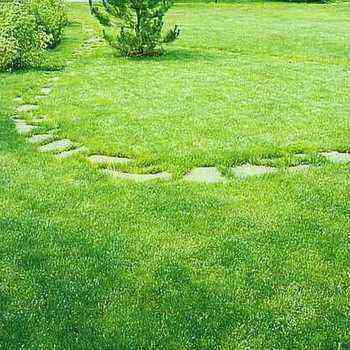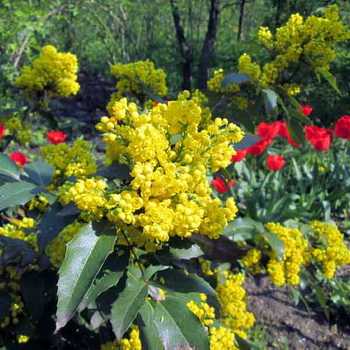 The ornamental shrub Mahonia belongs to the Barberry family. The most common types of Mahonia in the Central Russian zone are holly and creeping. This plant is prized primarily for the fact that even in winter it does not shed its foliage and successfully hibernates under the snow even in the most severe frosts. Some varieties have re-flowering towards the end of September.
The ornamental shrub Mahonia belongs to the Barberry family. The most common types of Mahonia in the Central Russian zone are holly and creeping. This plant is prized primarily for the fact that even in winter it does not shed its foliage and successfully hibernates under the snow even in the most severe frosts. Some varieties have re-flowering towards the end of September.
Types and varieties of Mahonia (with photo)
Below is a photo and description of the most common types of Mahonia.
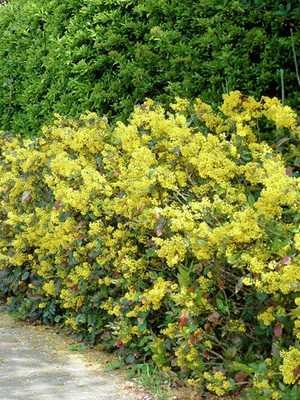
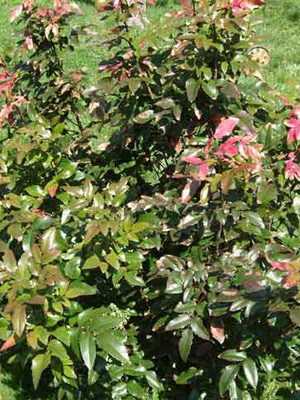
Magonic Papaver (M. aquifolium). Evergreen shrub 0,8-1,2 m high. Leaves are dark green, hard and leathery, shiny. The flowers are collected in a large raceme 5-8 cm long, located at the ends of the branches, bright yellow, fragrant. In Moscow, blooms in May-June, 2-3 weeks, rarely 25 days.
As you can see in the photo, the Mahonia shrub has dark blue fruits, with a bluish bloom, edible:
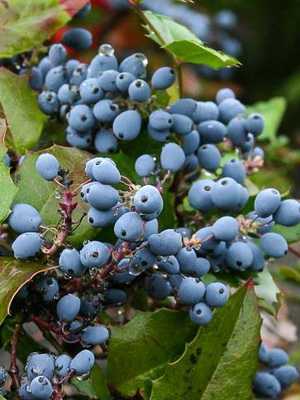
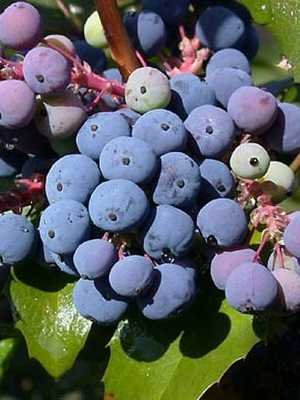
Varieties are very popular:


Apollo (Apollo) – obtained in Holland in 1973. The height and diameter of the crown is 0,45 m. The crown is compact. Blooms in May, very profusely. Fruits are small, bluish-black, ripen in August.


“Atropurpurea” (“Atropurpurea”) – bred in Holland in 1915. Height and diameter of the crown 0,6 m. Leaves up to 25 cm long, dark green, shiny. Flowers about 1 cm, yellow, fragrant. Opens in May.
Look at the photo – this variety of Mahonia has small, bluish-black fruits that ripen at the end of August:
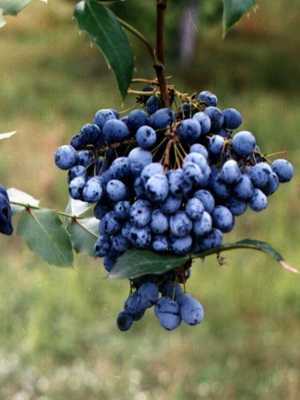
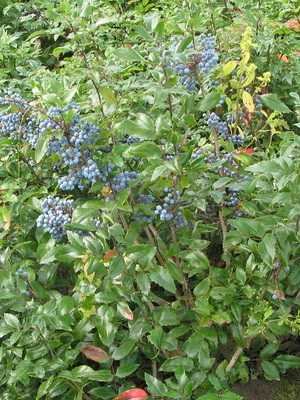
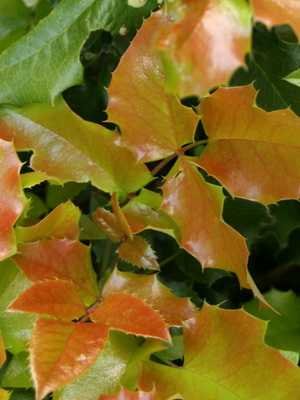
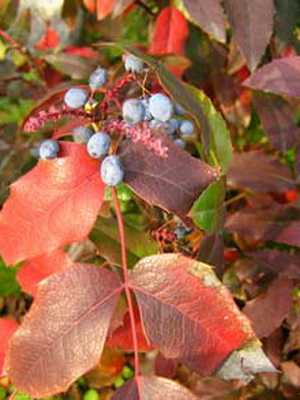
“Orange Flame” (“Orange Flame”). Young foliage in plants of this variety is rusty-orange in color, by winter it turns red.
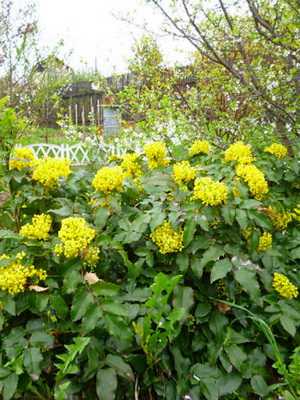
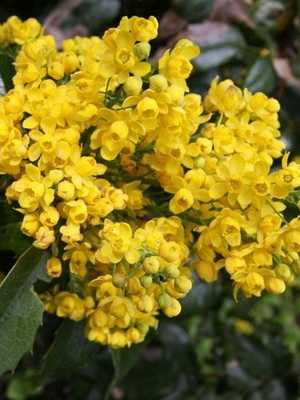
“Emerald” (“Smaragd”). The variety can withstand low temperatures down to -27 ° C. It has emerald green foliage. The crown is wider than other forms. Height no more than 0,7 m. Flowers are dark yellow, abundant.
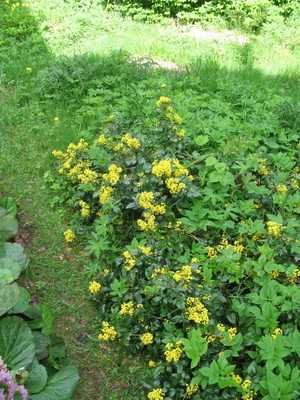
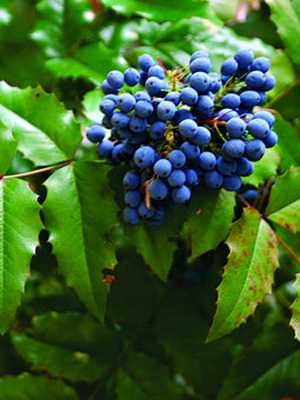
Magonia creeping (M. repens). It differs markedly from the previous type with matte, dull blue-green leaves. It is called creeping for its numerous root suckers, due to which it grows strongly. This is an even lower, creeping shrub. In Moscow, the crown diameter of a young plant (7-10 years old) is 1,1-1,5 m with a bush height of 0,25 m.The leaf consists of 3-7 leaves, 3-6 cm long.It blooms from mid-May, for a week later Mahonia holly, about 3 weeks. Fruits are black, ripen every year, by mid-August. Sometimes at the end of September there is a second flowering. The evergreen shrub Mahonia hastily hibernates under the snow.
Growing Mahonia: planting and care
Landing features. Magonia are not very light-loving, they tolerate shading. It is better to plant and replant them in spring and always with a lump of earth. They cannot stand the direct sun and drafts. For ease of care when planting Mahonia, you need to maintain a distance between plants in dense groups of 1 m, in loose 5-2 m. They prefer fresh, humus-rich soils, can grow on sandy loam or loamy substrates, do not like soil compaction. The depth of the planting pit is 40-50 cm. The root collar is at ground level. The soil mixture consists of humus, turf and sand (2: 1: 1).
Feeding. For successful cultivation, when caring for Mahonia, the plant is fed 2 times per season in early spring and before flowering with Kemira Universal fertilizer (1 matchbox per 1 m2).
Pruning. Plants tolerate pruning and crown molding well. When the ends of the frozen shoots are removed, the crown quickly recovers due to the regrowth of branches.
Preparation for winter. Mahonia are quite frost-hardy, but on dry soils they are sometimes damaged by frost. It is recommended to cover the roots with a dry leaf for the winter. In the spring, do not forget to move the leaves away from the root collar so that flowering is timely and abundant. To protect the leaves from burns from the bright spring sun, you can temporarily shade the plants with any covering material.
